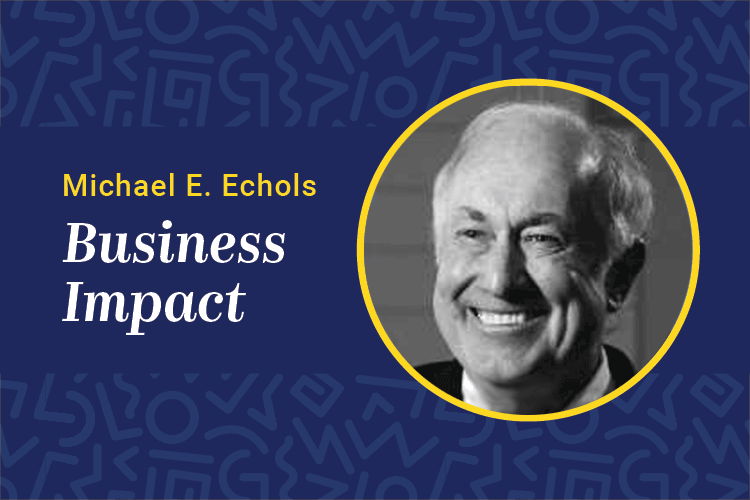I continue to be perplexed by the state of our learning community. The evidence that learning has a critical role to play now and in the future continues to pile up, but we won’t be successful without necessary transformations.
It’s time for change. About 60 to 70 percent of operating costs are related to our people. We are losing our tacit knowledge to retirement; the demographics clock continues to march inexorably forward as baby boomers exit with years of experience. More and more ink is being devoted to talent management, knowledge transfer and leadership development. New quantitative studies show that historic approaches to identifying talent and making investments are not necessarily the best approach. The drumbeat goes on.
Yet in the face of all of these external drivers, my sense is that innovation and leadership from the learning community lags. Put simply, the approaches being supported are tentative and incremental. Bold action is required, and I simply do not see any action emerging from our community at the present moment.
Much of what is being discussed is highly tactical. Tools take center stage in many of these conversations. I would like to propose an alternative to the current suggestions. A shift in focus is necessary due to the challenges we face in senior management discussions.
The fact is learning organizations have made little progress in participating in strategic conversations. Activities are still counted while impact goes largely unaddressed. Outcomes are what senior managers care about. They are particularly interested in outcomes measured in financial terms because that is how they are being held accountable by shareholders.
To focus the conversation about outcomes, I use an analogy about learning to ride a bicycle. The point of the analogy is that it’s not about the curriculum; it’s about actually riding the bike. Let’s assume that we have the very best instruction manual, curriculum design, the most qualified instructor and an excellent assessment tool to determine if the student fully comprehends the material. This is all well and good, but at the end of the day, the real question to be answered is: Can the student actually ride the bike? Riding the bike is the real objective.
All of our efforts to apply learning theory, including instructional design and media, ultimately have little to do with the actual outcome. Making refinements to improve the speed of adoption is worthwhile, but in the end, it is tactical. None of it matters if the learner can’t actually ride the bike.
There is another important implication from the bike-riding student. The example dramatically reveals the contrast between teaching and learning. The curriculum and the teacher can both deliver something of value to support the learning process. But all of this is merely support. It is not the heart of what has to take place for learning to occur. In the end, learning takes place within the learner.
We can observe the activities related to learning. One such method is trial and error. Failure should not only be accepted but be seen as a necessary part of learning because we know that learning cannot occur without attempts, some of which inevitably result in failure. No such analogy for learning in a corporate setting is allowed. Failure simply is not acceptable. This cultural norm is a significant stifling factor in corporate learning. A shift in this strategic dimension of our community is required.
A shift from tactical to strategic requires a shift from teaching to learning. With a focus on learning, we must have outcome measurements that provide feedback to the learner and to us.
It is impossible to truly have a high-impact learning strategy without a concrete strategy to measure the outcomes rather than the activities. While often viewed in terms of how senior management will react to the measurements, the real issue is how the learner will benefit from the feedback. Once we have that as a necessary element, we can build on it to accelerate the process going on within. It is not the teaching but the learning that is key to the future.
Michael E. Echols is the vice president of strategic initiatives at Bellevue University. He is the author of ROI on Human Capital Investment. He can be reached at editor@clomedia.com.















